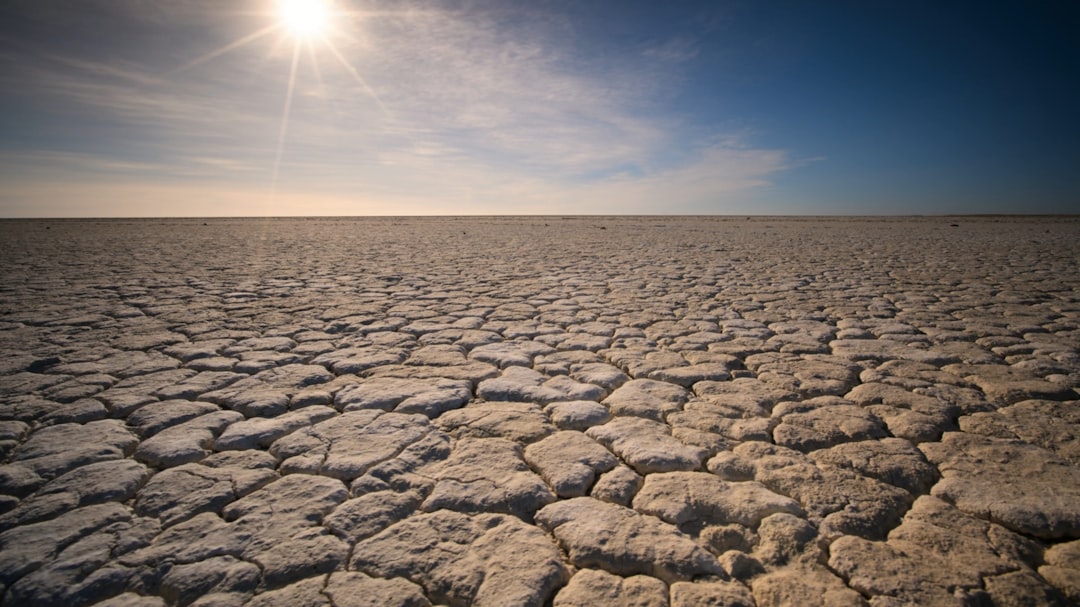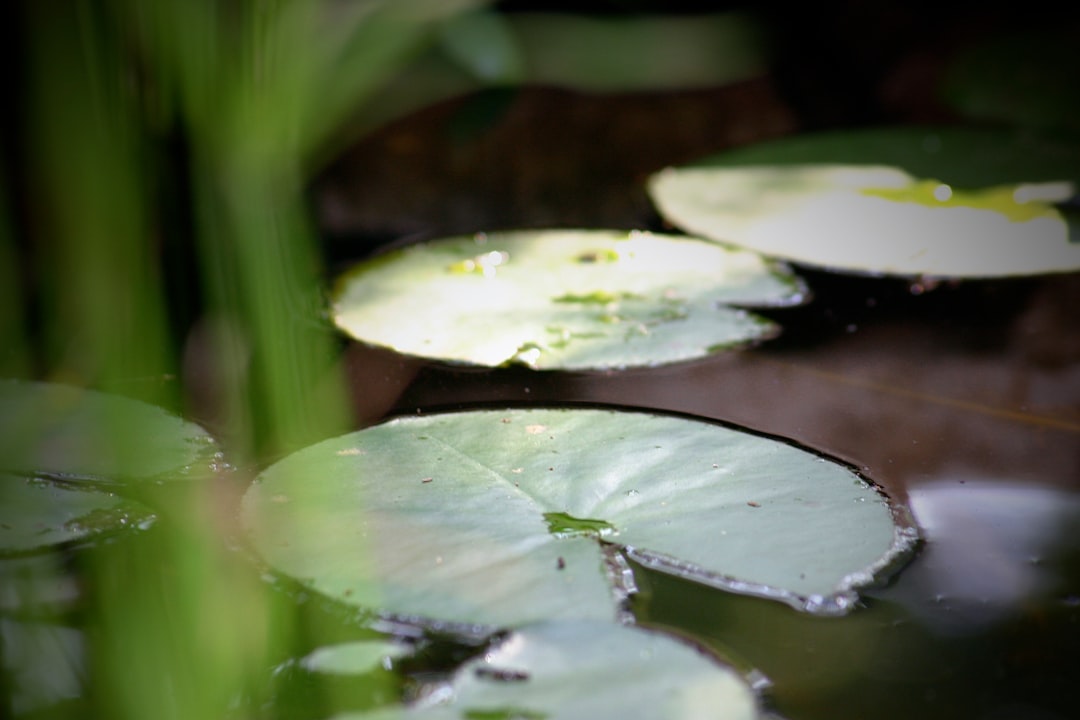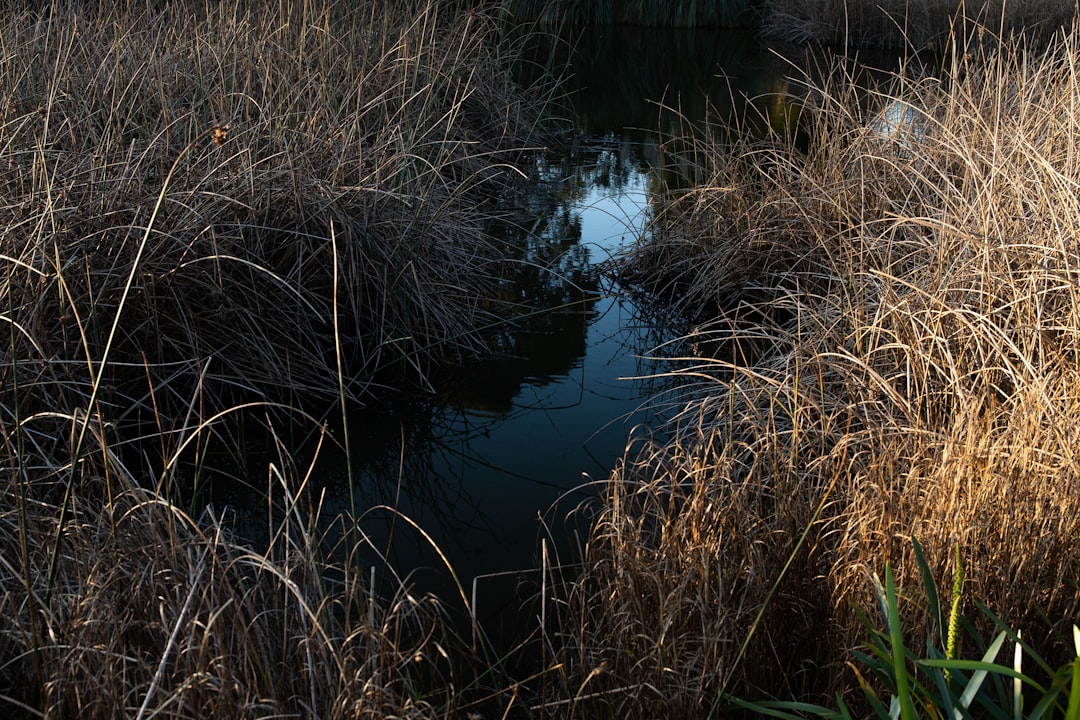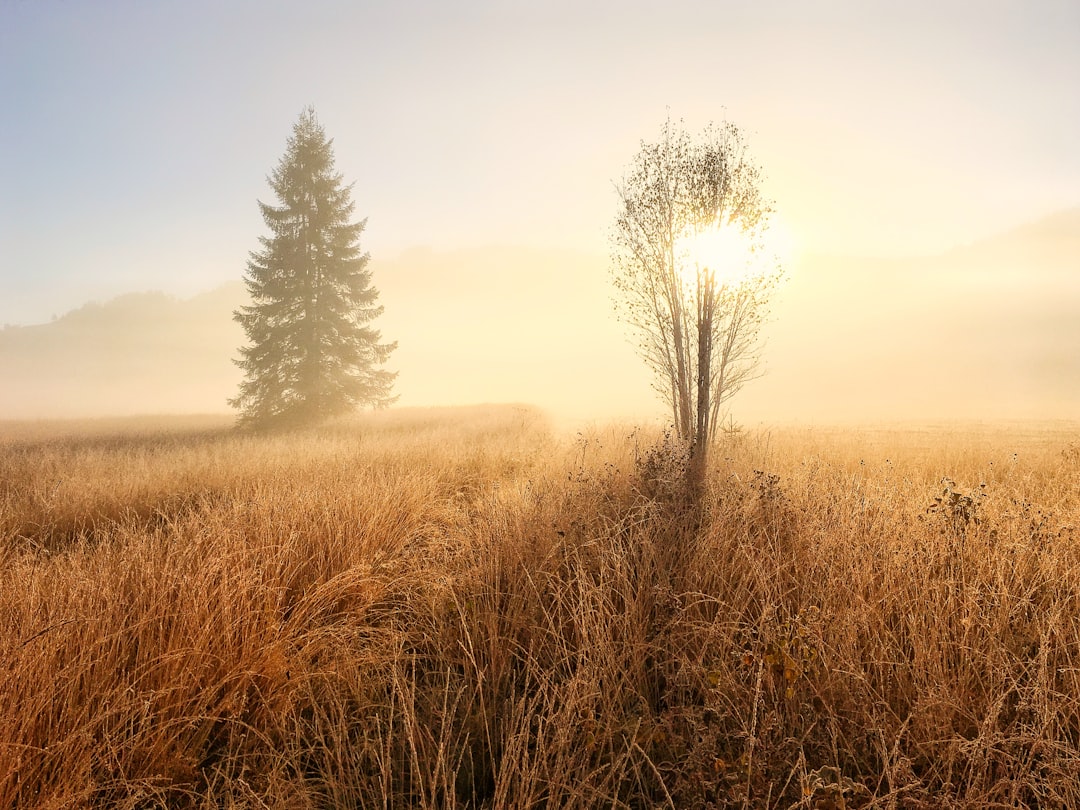Large scale rewilders have for the last 30 years highlighted the importance of three major habitats for the creation of an effective biodiverse wilderness - including forest, wild grassland and open scrub. At LettsSafari, having focused on smaller-scale rewilding, we have long argued the importance of a fourth - ‘waterways’.
Waterways include ponds, lakes, streams, rivers, bogland and wetland. Any of these can be miniaturised and established with a mini LettsSafari in your backyard, workplace, school or in the community.
The droughts raging across western Europe and the US this summer are a timely reminder of the importance of developing man made and natural water systems for green spaces. You do not need to go into setting up large, tropical like rain forests of trees and water shrubs. And if you get it right you will not require hosepipes or watering systems to keep your plants and wildlife fresh and secure through the driest months.
LettsSafari has developed a 3 tier water system - delivering a system design which includes a small pond that overflows directly into a small area of bog and on to wild grasses creating wetland (which develops a flow of water that slowly meanders across open grasses).
You can easily construct this system into your backyard, workplace or community green spaces. All you need is a spade! The first step is to establish a small pond dug into the ground not larger than 1 metre by 1 metre and not more than 10 inches deep. You could naturally line it with reinforced polypropylene or more natural approaches such as clay or stones. Some even dig a large upside-down dustbin lid made of metal into the ground! Ideally shelter your pond and bogland with trees or shrub for shade.
Next to the pond you could create a similar sized (or larger) area which you dig, mix up and refill with its own soil to create natural bog. It will establish quite quickly once the overflowing water from the pond spreads naturally through the bog. You will want to make sure that the lip of the pond sits slightly above the bog so that water will flow to it with gravity alone.
Following this you create a small channel from the bog for water to flow into an area of wild grassland below it. The overflow will create a natural meandering channel of water through the grasses.
Once this system is up and running it will not only provide natural water for your plants and trees - but you will also be amazed by the diverse water plants and wildlife that you can attract and nurture.
At LettsSafari’s Capability Brown gardens in Exeter they have developed highly effective water systems - some natural, many man made. Today they power these extraordinary cascade gardens with natural waterways supporting their much lauded zero watering techniques for the plants and shrubs.
Watch with a 7-day free trial
Subscribe to LettsSafari+ to watch this video and get 7 days of free access to the full post archives.









